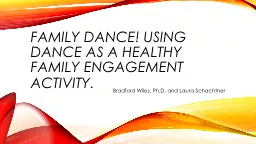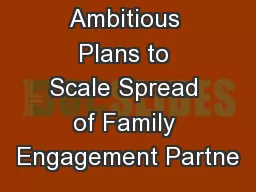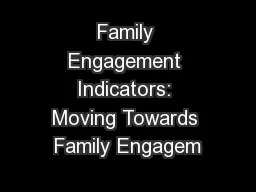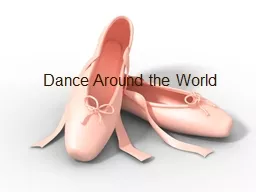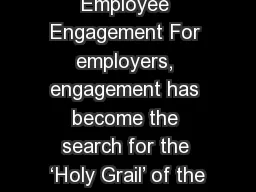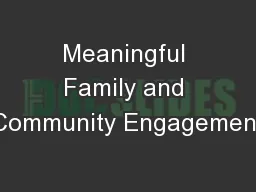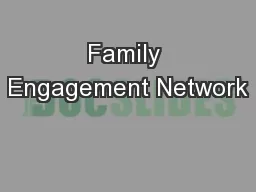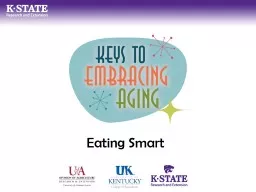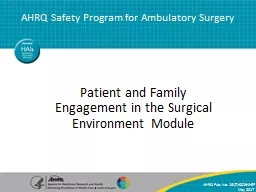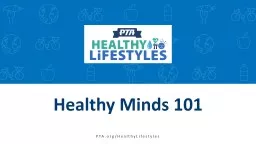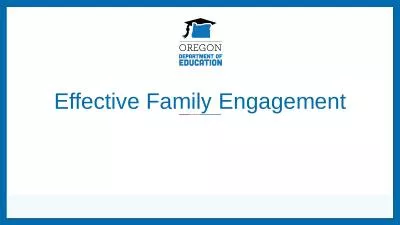PPT-Family Dance! Using dance as a healthy family engagement activity.
Author : calandra-battersby | Published Date : 2018-03-19
Bradford Wiles PhD and Laura Schachtner Introduction of presenters Program Overview What is it Dance program for beginners Promotion of family health and parental
Presentation Embed Code
Download Presentation
Download Presentation The PPT/PDF document "Family Dance! Using dance as a healthy f..." is the property of its rightful owner. Permission is granted to download and print the materials on this website for personal, non-commercial use only, and to display it on your personal computer provided you do not modify the materials and that you retain all copyright notices contained in the materials. By downloading content from our website, you accept the terms of this agreement.
Family Dance! Using dance as a healthy family engagement activity.: Transcript
Download Rules Of Document
"Family Dance! Using dance as a healthy family engagement activity."The content belongs to its owner. You may download and print it for personal use, without modification, and keep all copyright notices. By downloading, you agree to these terms.
Related Documents

